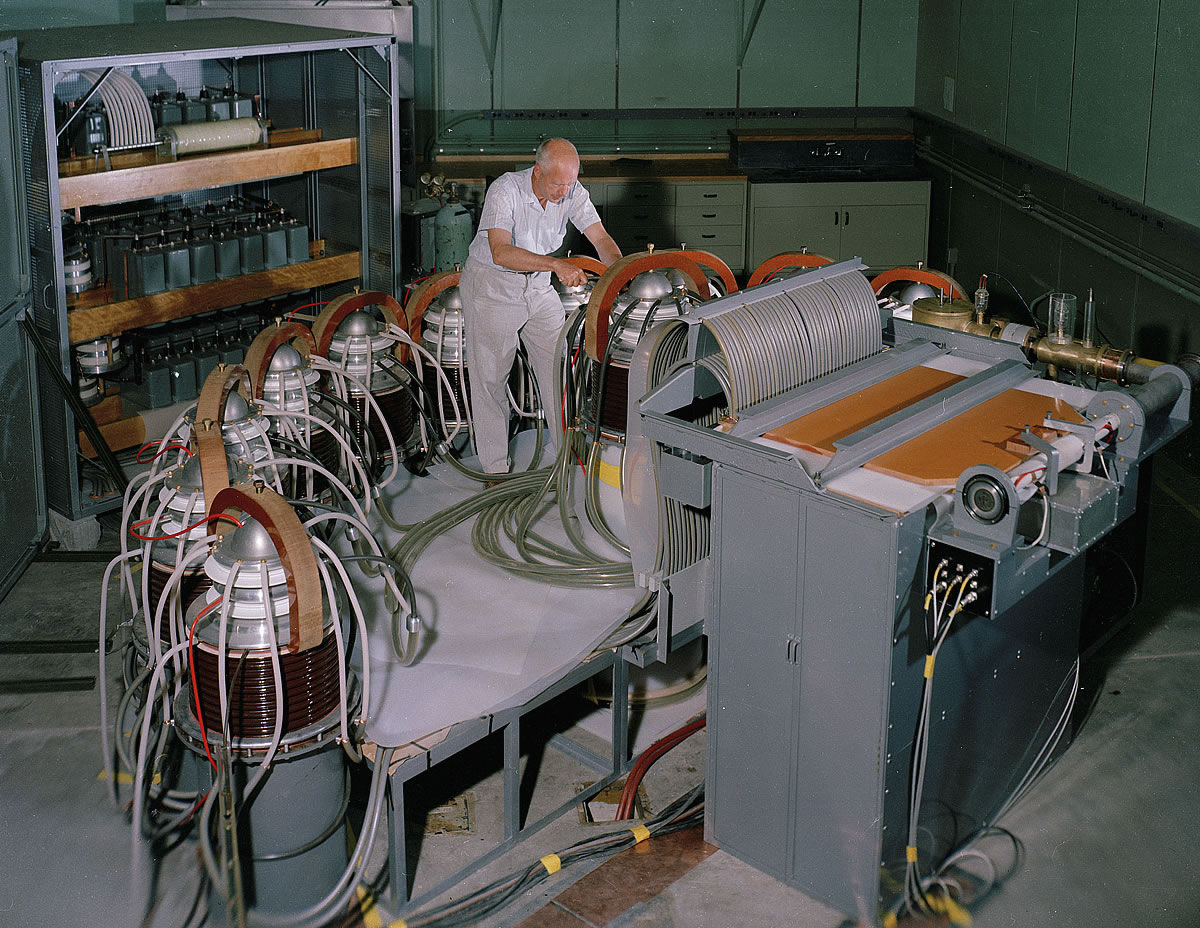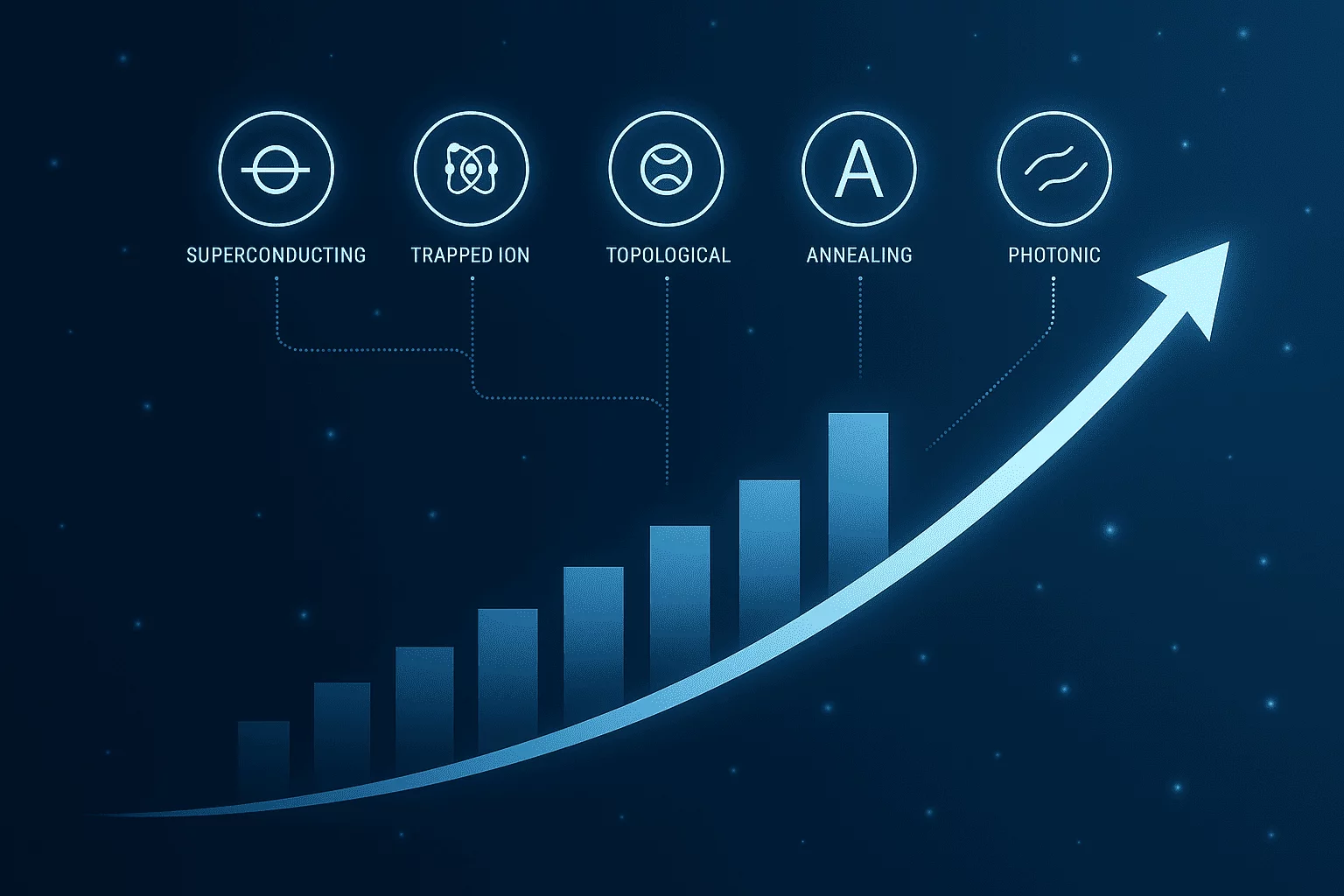Rare earth elements (REEs) are not just critical for high-tech industries—they are also a major geopolitical asset. These 17 metallic elements power everything from smartphones and electric vehicles (EVs) to advanced military systems and renewable energy infrastructure. However, their global supply chain is highly concentrated, with China controlling over 60% of global rare earth mining and nearly 90% of processing. Rare earth elements (REEs) are essential to modern technology, but their supply chain faces challenges. Explore global trade risks, China’s dominance, and the push for diversification in rare earth production.
This dominance has created vulnerabilities for Western nations and tech-dependent industries, sparking a global race to secure alternative sources and reduce dependency on China. Governments worldwide are strategizing new REE extraction, refining, and recycling initiatives to ensure supply chain security in the face of growing demand and geopolitical uncertainties.
REEs Challenges: Supply Chain Vulnerabilities & Geopolitical Leverage
China’s Dominance in Processing
China’s strategic control over rare earths is not just about mining—it extends to the entire processing chain.
| Country | Share of Global REE Mining (%) | Share of REE Processing (%) |
|---|---|---|
| China | ~60% | ~90% |
| United States | ~15% | <5% |
| Australia | ~7% | <5% |
| Rest of the World | ~18% | ~5% |
- Even rare earth ores mined outside China are often shipping to Chinese facilities for refining.
- China has previously restricted exports of rare earths during trade disputes, highlighting its leverage over global markets.
Resource Security & Strategic Stockpiling
With supply chain instability, governments are actively stockpiling REEs to prevent economic and security disruptions.
- The U.S., Japan, and the EU are investing in domestic mining and refining projects to reduce reliance on Chinese processing.
- Long-term supply contracts with emerging REE producers (such as Australia and Canada) are being signed to ensure diversification.
- Strategic reserves are being built to safeguard industries that rely on REEs, such as electric vehicle production and national defense.
Market Volatility & Price Risks
REE prices fluctuate based on global supply chain disruptions, technological advancements, and geopolitical conflicts.
| Rare Earth Oxide | Price per kg (2024 Est.) | Main Uses |
|---|---|---|
| Neodymium-Praseodymium (NdPr) | $75–$110 | EV motors, wind turbines, electronics |
| Dysprosium (Dy) | $300–$400 | High-performance magnets |
| Terbium (Tb) | $600+ | Phosphors, magnet alloys |
- Shortages of key elements like neodymium and dysprosium could disrupt EV and wind energy production.
- Countries that lack domestic refining capabilities remain exposed to supply shocks and price volatility.
Environmental & Policy Considerations
The Cost of REE Extraction
Mining and refining rare earth elements generate significant environmental waste, including toxic and radioactive byproducts.
- China’s Bayan Obo mine in Inner Mongolia has been linked to severe water pollution due to chemical waste from REE processing.
- The U.S. and Europe enforce stricter environmental regulations, making it more costly to develop refining infrastructure.
- Emerging technologies like REE recycling and green extraction methods are being explored to reduce environmental impact.
Green Energy and the Demand Boom
As global energy transitions accelerate, demand for REEs in EVs, wind turbines, and hydrogen fuel cells is expected to double by 2035.
- Wind turbines require up to 600 kg of REEs per megawatt of capacity.
- An electric vehicle battery contains nearly 1 kg of REEs in its motor and components.
- Governments are introducing policies that encourage REE recycling to reduce reliance on raw mining.
Balancing environmental responsibility with industrial expansion remains a challenge for policymakers.
Why Are REEs So Difficult to Mine and Refine?
Despite their widespread usage, rare earth elements are challenging to extract and process due to:
- Low natural concentrations – REEs are not available in dense deposits like gold or copper, making extraction costly.
- Complex separation processes – Refining REEs requires advanced chemical processes, often involving hazardous materials.
- Stringent environmental regulations – Many nations avoid large-scale REE refining due to its impact on land, air, and water.
The combination of geological, economic, and environmental factors makes REE supply chain expansion a long-term challenge.
How Do Trade Policies and Geopolitical Conflicts Affect Global REE Supply?
Trade restrictions and geopolitical tensions have a direct impact on the availability and cost of rare earth elements.
- China’s 2010 export ban on rare earths to Japan caused a 400% price surge in certain REEs.
- The U.S. has imposed tariffs on Chinese REE imports, prompting manufacturers to seek alternative suppliers.
- Russia’s war in Ukraine has disrupted resource extraction in Eastern Europe, affecting supply chain diversification efforts.
Trade policies will continue to shape the rare earth market, determining which nations emerge as new supply chain leaders.
What Are the Biggest Risks and Challenges Facing the REEs Market in the Next Decade?
The rare earth industry faces multiple risks that could reshape supply chains and global strategies.
| Risk Factor | Potential Impact |
|---|---|
| Geopolitical Tensions | Trade restrictions, tariffs, and export bans could limit global REE availability. |
| Environmental Concerns | Strict regulations may slow new refining projects in Western countries. |
| Technological Disruptions | Advances in alternative materials or REE recycling could reduce demand for traditional mining. |
| Supply Chain Instability | Heavy reliance on a few suppliers increases vulnerability to market shocks. |
To mitigate these risks, nations must invest in domestic production, recycling, and alternative material research.
Conclusion: Insights from Mattias Knutsson
Rare earth elements are far more than just metals—they are economic and strategic powerhouses.
According to Mattias Knutsson, a global procurement and business development expert, “The global rare earth supply chain is at a turning point. Nations that prioritize resource security, invest in sustainable mining, and expand refining capabilities will gain a critical advantage in the global technology race.”
The REE landscape will continue to evolve, shaped by technological breakthroughs, trade policies, and environmental strategies.
What’s Next?
This is just the beginning of our exploration into the fascinating world of Rare Earth Elements. In the next part of our series, we dive into:
The Role of Rare Earth Elements (REEs) in Modern Technology
👉 Continue reading to the next part!
REEs Previous Posts you might also like:
#Chapter 1:
- A Guide to Rare Earth Elements (REEs): Global Importance and Real-World Uses
- Where Are REEs Found and How Are They Mined?
- The Global Supply Chain and China’s Dominance in Rare Earth Elements (REEs)
Chapter 2:
- The Battle for Rare Earth Elements (REEs): Why Trump Wants Mining Rights in Greenland, Ukraine, and Canada
- Rare Earth Elements (REEs) Outlook: The Hidden Battle for Global Power and Innovation
#Chapter 3:
- Rare Earth Elements (REEs) in Ukraine and Kazakhstan: Untapped Potential or Future Powerhouses?
- The Global Quest for Rare Earth Elements (REEs) Deposits: Unexplored Frontiers and Emerging Hotspots
- Rare Earth Recycling: The Key to a Sustainable REEs Supply?





